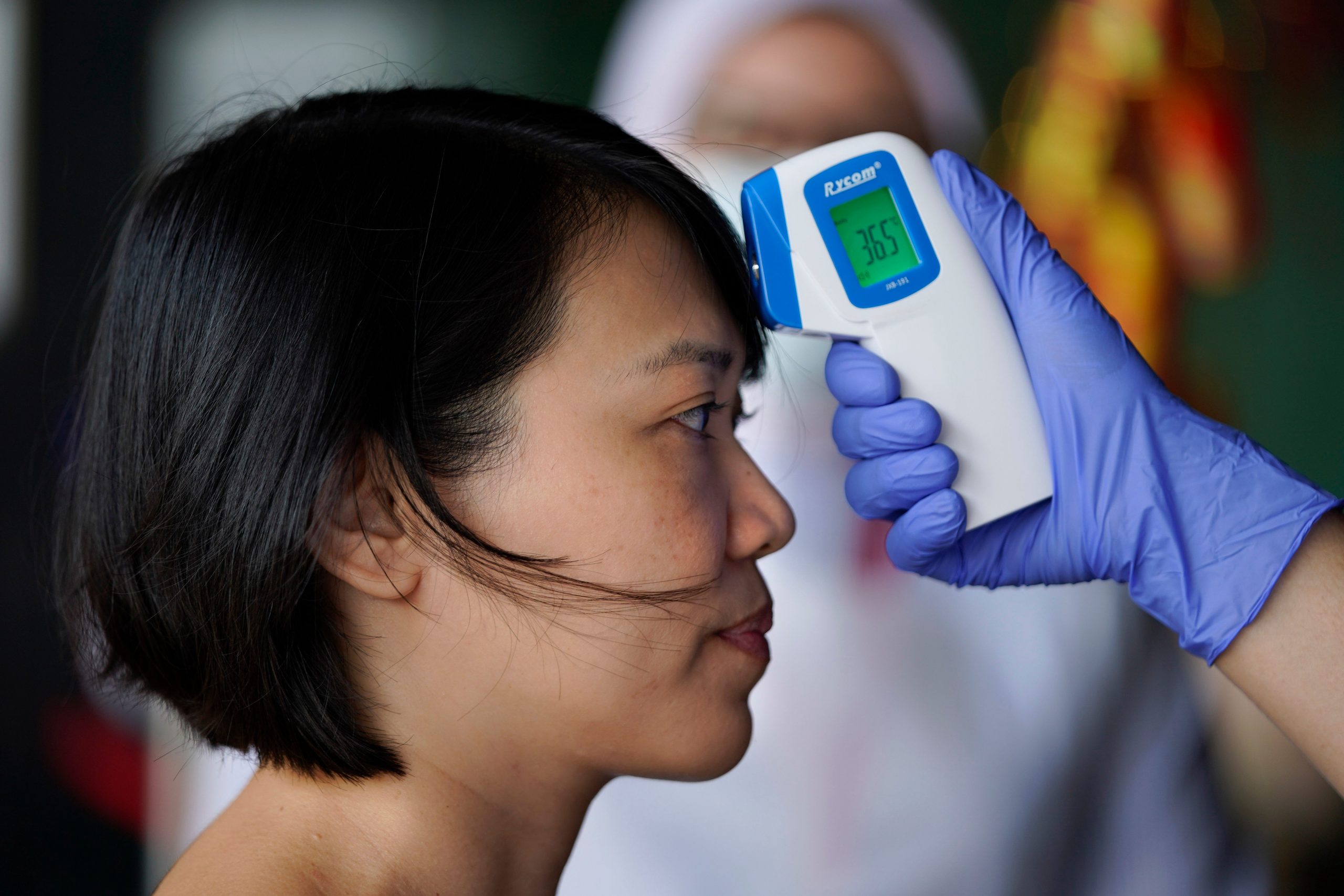- Typical coronavirus patients develop a fever, dry cough, and shortness of breath, but these symptoms may appear at different times – or not at all.
- Severe cases tend to worsen about five to 10 days after symptoms start.
- Here’s how the symptoms progressed day by day among patients in China.
- Visit Business Insider’s homepage for more stories.
As doctors observe a growing number of coronavirus patients, they’ve identified a few patterns in how typical symptoms progress.
The majority of coronavirus cases are mild, but about 20% of cases become either severe or critical, according to data from the Chinese Center for Disease Control.
Most patients develop fever, a dry cough, and shortness of breath – the three most common symptoms of COVID-19. But they can also experience fatigue, muscle or body aches, loss of taste or smell, sore throat, congestion, and diarrhea.
Though the virus attacks the lungs first, scientists have recently discovered that it can infect the heart, kidneys, liver, brain, and intestines as well. This can lead to additional complications like heart damage, acute kidney failure, or seizures.
After observing thousands of patients during China's outbreak earlier this year, hospitals there identified a pattern of symptoms among COVID-19 patients:
- Day 1: Symptoms start off mild. Patients may experience a fever, dry cough, or occasional shortness of breath. Some may also feel fatigue and muscle pain. A minority may have had diarrhea or nausea one or two days before this.
- Day 3: This is how long it took, on average, before patients in Wenzhou were admitted to the hospital after their symptoms started. A study of more than 550 hospitals across China also found that hospitalized patients developed pneumonia on the third day of their illness.
- Day 5: In severe cases, symptoms could start to worsen. Patients may have difficulty breathing, especially if they are older or have a preexisting health condition.
- Day 7: This is how long it took, on average, for some patients in Wuhan to be admitted to the hospital after their symptoms started. Other Wuhan patients developed shortness of breath on this day.
- Day 8: By this point, patients with severe cases will have most likely developed shortness of breath, pneumonia, or acute respiratory distress syndrome, an illness that may require intubation. ARDS is often fatal.
- Day 9: Some Wuhan patients developed sepsis, an infection caused by an aggressive immune response, on this day.
- Days 10-11: If patients have worsening symptoms, this is the time in the disease's progression when they're likely to be admitted to the hospital or ICU. These patients probably have more abdominal pain and appetite loss than patients with milder cases.
- Day 12: In some cases, patients don't develop ARDS until nearly two weeks after their illness started. One Wuhan study found that it took 12 days, on average, before patients were admitted to the ICU.
- Day 17-21: On average, people in Wuhan either recovered from the virus and were discharged from the hospital or passed away after 2.5 to 3 weeks.
- Day 27: Some patients stay in the hospital for longer. The average hospital stay for Wenzhou patients was 27 days.
One Wuhan study found that fevers among recovered patients typically lasted around 12 days, while coughs lasted 16 days. Shortness of breath lasted even longer: around 19 days.
The first symptoms, however, generally don't come right after a person has been infected. The virus' average incubation period is about five days, but it can range from two to 14 days, according to the US Centers for Disease Control and Prevention.
Once symptoms do arrive, some early signs should be treated with more caution than others.
"Body aches wouldn't be the first thing that I would ask about," Megan Coffee, an infectious-disease clinician who analyzed the Wenzhou data, told Business Insider. "I would of course always ask about shortness of breath before anything, because that's somebody who has to be immediately helped."
Coffee said shortness of breath typically presented itself eight to 10 days into the course of the illness, but not all shortness of breath constitutes a severe case.
"It's really important to have a primary-care doctor or someone you can talk to about your case so that you can decide whether you need to go to the emergency room or not," she said. "Right now we're having to focus on everybody who needs intubation and critical care."
This story was originally published February 21. It has been updated with additional research findings.
